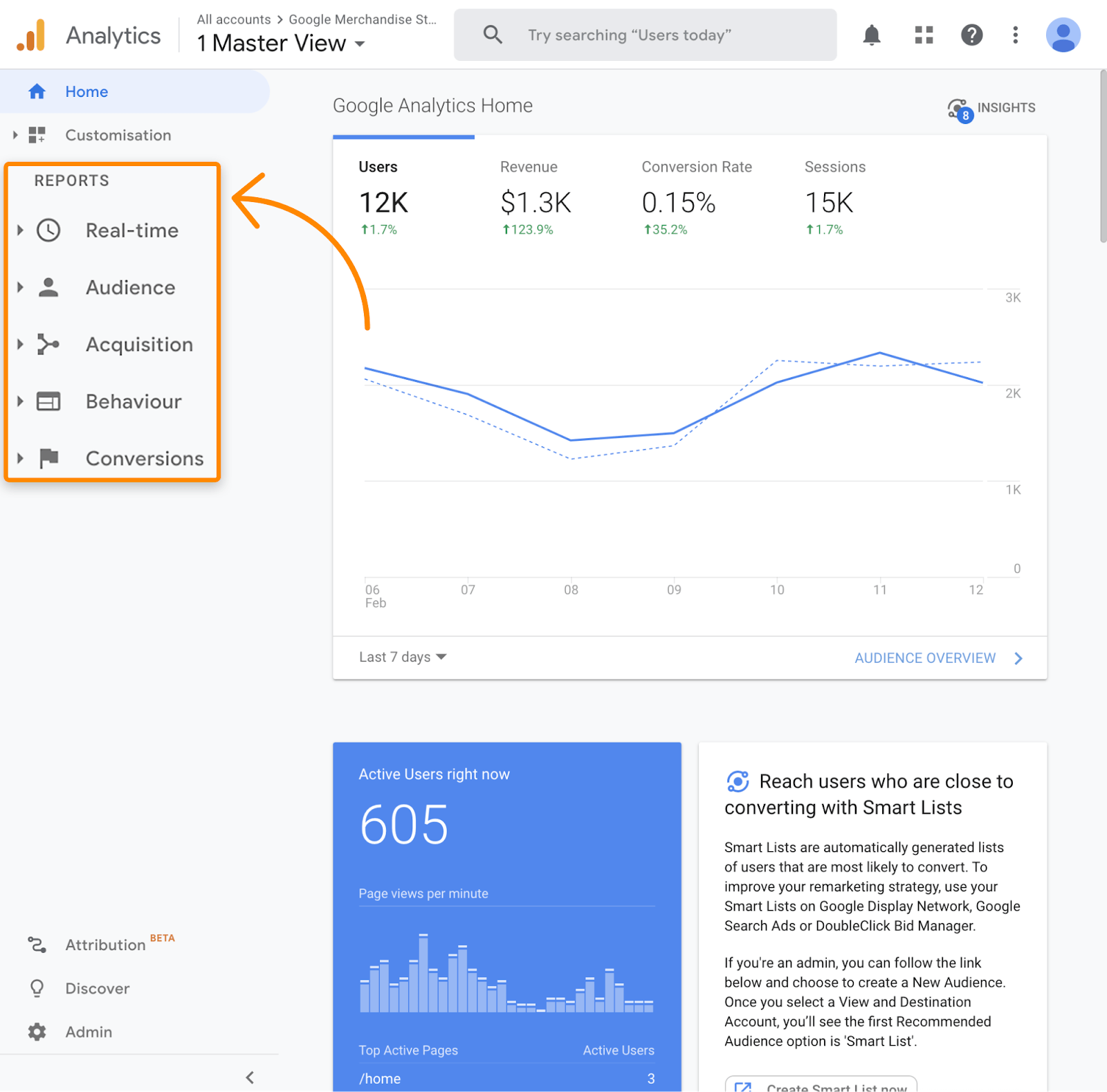Revealing the Impact of Secondary Measurement in Google Analytics on Data Evaluation and Insights
In the world of data analytics, the application of secondary measurements within Google Analytics has arised as a pivotal tool for removing deeper insights and unraveling complicated patterns that may otherwise remain covered. By peeling off back the layers of primary data collections, additional measurements use a nuanced perspective that improves the understanding of user actions, site efficiency, and the effectiveness of marketing approaches. The real impact and untapped capacity of second dimensions are commonly ignored, eclipsed by the attraction of primary metrics. As we navigate with the complex landscape of information analysis, the relevance of second measurements becomes progressively noticeable, clarifying vital information that hold the key to notified decision-making and critical optimizations.
Checking Out the Concept of Secondary Dimensions
Secondary dimensions in Google Analytics provide additional understandings by allowing customers to assess main information combined with a second quality. This function makes it possible for a much more detailed understanding of the main data by including another layer of information for analysis. By including second dimensions, users can dig deeper right into the information and discover beneficial correlations that could or else go undetected. For instance, by matching the key data of website web traffic with second dimensions like demographics or habits, marketing experts can gain an extra extensive sight of their audience and tailor their strategies appropriately.
By discovering the different additional dimensions readily available in Google Analytics, customers can unlock brand-new insights and enhance their electronic advertising and marketing initiatives. In significance, second measurements offer as a powerful device for boosting data analysis and driving workable outcomes.
Enhancing Data Interpretation With Secondary Measurements
Having actually developed the foundational understanding of secondary dimensions in Google Analytics and their crucial role in data evaluation, the focus now shifts towards leveraging these secondary qualities to enhance the analysis of analytics data (what is a secondary dimension in google analytics). By including secondary measurements right into data analysis, analysts can gain much deeper understandings into individual behavior, internet site performance, and advertising effectiveness

In addition, additional measurements assist in contextualizing primary information metrics by giving added layers of info. This contextualization aids in comprehending the 'why' behind the information patterns, assisting analysts make educated decisions and optimizations to boost overall efficiency. Inevitably, integrating additional measurements enhances the data interpretation process, bring about more purposeful insights and critical activities.
Uncovering Hidden Insights Via Additional Dimensions
Checking out the depths of analytics information with additional measurements exposes beneficial understandings that would otherwise continue to be covered. By integrating second measurements in Google Analytics, services can unearth concealed patterns, trends, and connections that provide an even more detailed understanding of individual habits and web site performance. These additional layers of data allow experts to delve much deeper into the main dimensions, such as website traffic resources or touchdown web pages, and acquire a more nuanced perspective on just how various variables engage with each various other.
With using secondary dimensions, experts can sector and contrast data across different dimensions, allowing them to recognize details factors that affect individual involvement, conversion prices, and total success metrics. For instance, by matching the main dimension of 'device category' with the additional measurement of 'age team,' marketing professionals can determine which age demographics prefer accessing the website through mobile tools versus desktops. This degree of granularity equips organizations to make data-driven choices and enhance their techniques for better outcomes. Inevitably, revealing hidden understandings through second dimensions enhances the depth and precision of data evaluation, causing more informed decision-making and improved efficiency results.
Leveraging Additional Dimensions for Actionable Analytics
Building upon the insights introduced through second measurements in Google Analytics, businesses can currently harness this enriched information landscape to drive workable analytics and tactical you can check here decision-making. By leveraging second dimensions, companies can dive much deeper right into their data to remove useful patterns, trends, and connections that may have formerly gone undetected. This deeper level of analysis allows services to acquire an extra extensive understanding of user habits, project performance, and overall internet site effectiveness.
One secret benefit of using secondary dimensions for actionable analytics is the ability to segment information based upon particular standards. This division permits organizations to tailor their campaigns and strategies to various target market groups, leading to much more targeted and reliable marketing initiatives - what is a secondary dimension in google analytics. Furthermore, secondary dimensions provide an even more all natural view of user communications, making it possible for businesses to maximize their web site material, layout, and total individual experience
Taking Full Advantage Of Decision-Making With Secondary Measurements
To boost calculated decision-making in analytics, leveraging secondary measurements in Google Analytics can supply a much more nuanced perspective on customer actions and campaign performance. By incorporating second measurements into information evaluation, services can delve deeper right into the specifics of their internet site site visitors' interactions and interaction patterns. This extra layer of information enables an extra detailed understanding of just how different variables, such as demographics, gadgets, or web traffic Check Out Your URL sources, influence essential performance indications.

Final Thought
Finally, using secondary dimensions in Google Analytics plays a vital duty in enhancing data analysis and revealing concealed insights. By discovering this idea, one can obtain a much deeper understanding of user habits and make informed decisions based on actionable analytics. Leveraging additional dimensions enables for a more thorough analysis of data and makes the most of the performance of decision-making procedures.
